7 Ways To Reduce The Costs of Mobile App Development

Introduction
At some point (and better sooner than later) during the software planning process, you will start to think about the budget and ways to reduce the costs of mobile app development.
According to Goodfirms, on average, simple mobile apps with minimum viable features costs about $24,830 to $59,150. A complex app, with popular consumer features costs from $36,107.5 to $85,150 and an advanced app, with cutting-edge features, about $59,507.5 to $137,150.

What determines the price of mobile app development
Before you start optimizing the costs, you should understand what influence them. Every app is different, but there are some mostly constant important factors, like
- app features
- mobile platform
- integrations and backend infrastructure
- security
- app maintenance

App features
The feature set and its complexity is the most influential factor in mobile app development costs. All screens, buttons, and functionalities affect both the time spent on the project and the charges.
You should precisely define all the must-haves and additional features your app should contain. Something “as simple as” calls can take much more time to develop than integrating the payments.
Remember to not overwhelm the users and choose only those functions they would really need. It will not only help you in creating a more user-friendly app but, in fact, reduce the total cost.
Mobile platforms
Determining which mobile platform you will support can help predict app costs and the time needed for development.
Remember that each platform is different. On average, the costs of creating an iOS app can be higher, but Android fragmentation (as there are over 18,000 different devices running on Android) and testing for all different Android versions usually generate higher prices.
If you want your app to run on different platforms, creating a Native App for each of them can generate higher costs, as you would have to hire two teams of developers, so it’s worth considering cross-platform applications.
Integrations and backend infrastructure
Backend infrastructure and integrations have a big influence on app costs.
The backend is everything server-related plus databases, internal architecture etc. The more complex your app is, the more complicated will be the backend.
You should consider all the integrations your app would need, everything like payments, messenger, GPS or even connection with other devices like smartwatches. Simplicity is the key. If an integration is not necessary – don’t add it.
Security
Mobile apps use various functions that usually include the collection and storage of different types of data. Security is crucial – any breaches in the app security can result in your brand reputation damage – and that’s the worse that can happen.
Security can make up a significant piece of your mobile app development cost, but you can optimize them by choosing the right security settings.
App maintenance
As long as the mobile app is on the market it needs maintenance, optimization and updates.
The mobile environment is constantly evolving, so you would need regular technical assistance from professional app developers to stay up-to-date.
The main factors influencing app maintenance costs are:
- upgrading app to the latest platform versions
- upgrading all third-version integrations to the latest versions
- identifying and fixing bugs
Ways to reduce the costs of mobile app development
As we already know what determines the app development costs, we are ready to dig deeper into how to optimize them. Even though there is no simple answer, the below tips will be a good starting point.
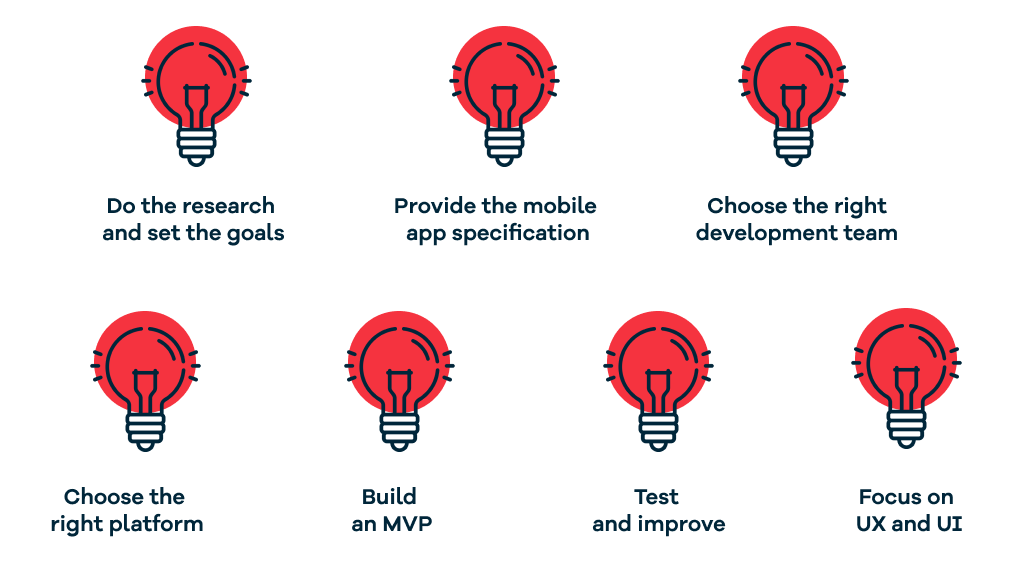
Cut the cost of your mobile app
Do the research and set the goals
To start determining the budget, you need to have a clear vision of the project. As the competition is huge, a good project plan is crucial on your way to success.
Start by defining the product, and its purpose: what will it bring to your business and how will it help your customers?
Next, you should decide on the main KPIs, and choose the right tools for measurements. You need to know what success means to you and what determines it. Some mobile app owners are focused on the daily download number, while others on the time spent in the app on a daily basis.
As you set the goals and KPIs, it’s time to do market research. And once you define the target audience and main competitors, take a look back on the app functionality – will your app be a unique and high-value product?
Focusing your efforts on essential features help you reduce the costs of the development, but also make your app simpler, which often affect its usability.
Provide the detailed app product specification
A detailed mobile app product specification makes the app creation process easier, faster and more cost-efficient. When you are on the same page with the developers, you can decrease the rework, which often has a huge impact on the total cost of app development.
A software specification like this should cover:
- brief description of the app
- business context
- user stories
- user persona
- functional specification
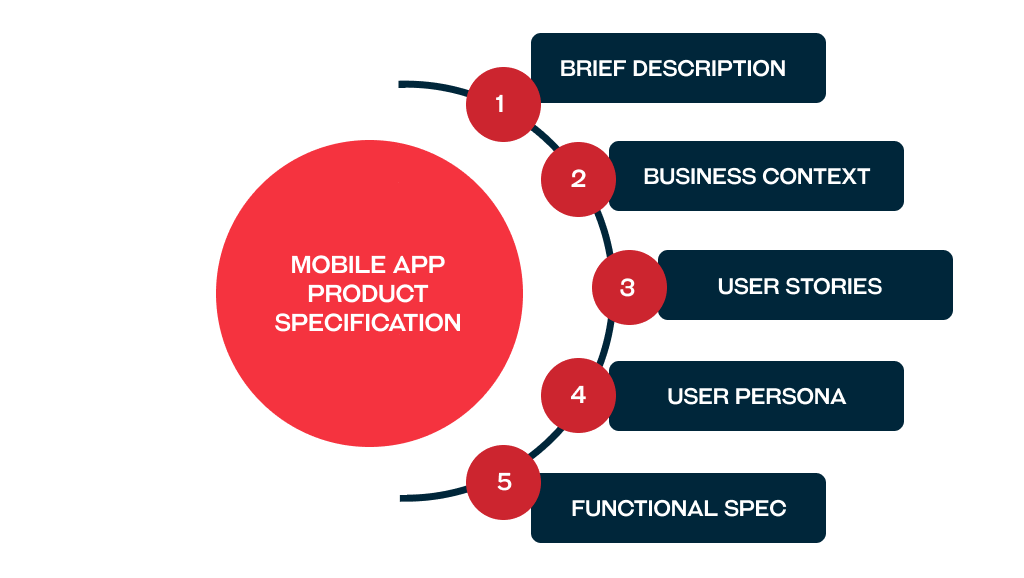
Product spec can be presented to the developers in any form you like, but we recommend creating an official document, as specific and detailed as possible. That will reduce the costs linked with a lack of understanding between the team and you, and reduce the time spent on rework.
Check out our latest article to find out how to create a detailed mobile app spec.
Quick poll
Do you create a product specification for your app?
Choose the right development team
Choosing an experienced team can significantly influence app development costs, as they help cut expenses, improve user experience more thoughtfully, and deliver much faster in general.
The perfect partner is up-to-date on the latest technologies and has a defined software development process.
An experienced team can use the existing components and implement them in your app, especially when your app is an extension of the current software. It can save you both money and time as they won’t reinvent the wheel.
They are also able to cover the whole process – planning, design, development, and deployment. Thanks to that you can avoid problems with communication between different teams which often causes delays in the project.
Interact with the development team
Choosing the right partner isn’t the end of the process. Interacting with the team is essential. Remember that you are the one that has the app idea, and so you have most of the answers.
Effective cooperation with the dedicated project manager decreases the rework, shortens the time of the process and is, in fact, more cost-effective.
Choose the right platform
As we said before, choosing the right platform can determine the mobile app development cost.
Native apps are great if you need to push your app performance to a higher level. If you decided to do so, you need to be ready to build two separate apps with two different code bases. But if you want to reach a broader audience and share the product on different platforms, hybrid mobile app development will be the best idea.
iOS apps and Android apps are written in different native platform languages. Cross-platform apps enable to build an app in one language (like JavaScript) and pull it later as native apps in multiple platforms, able to work on any device.
Cross-platform applications are based on one codebase so they’re cheaper to build, as you don’t have two hire two different teams. It also makes it easier and cheaper to maintain.
What’s more, building cross platform app is much faster, and by the time you make your native app, you could be already visible in the app stores with your cross-platform MVP.
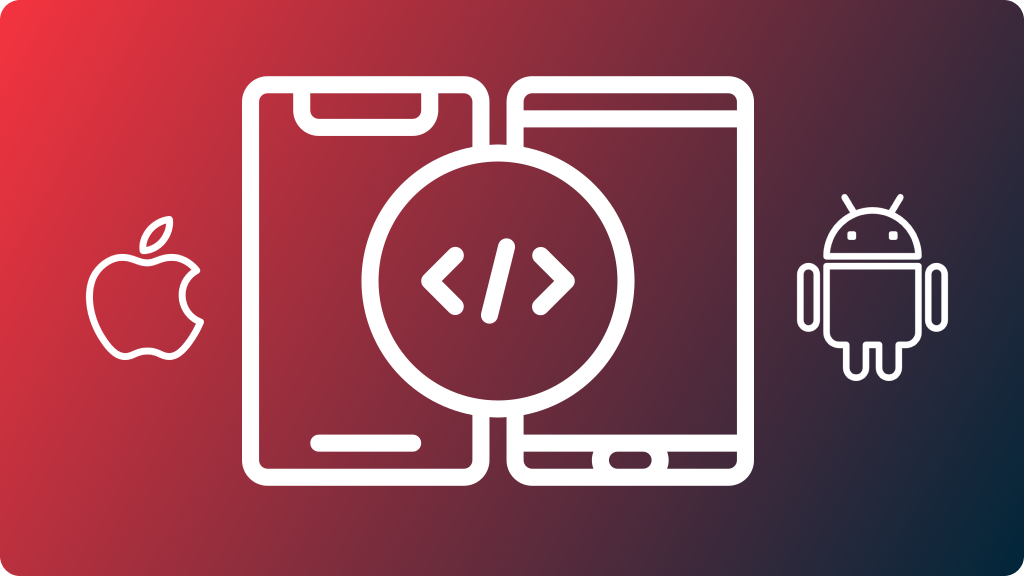
Build an MVP
An MVP (Minimum Viable Product) lets you arrive on the market earlier in the process, gather the user feedback and adapt to it.
The sooner you understand if your mobile application meets the market needs, the better. If you find enough users to make it a sustainable business, your idea is worth implementing.
Apart from cutting the app cost, there are some more benefits of building an MVP:
- quality check
- valuable insight
- investment opportunities
- attract customers
A minimum viable product is a full product, but with essential features only. That means you can still gain profit from it and invest it in further growth.
Another way to validate the idea is by building a prototype. It is a draft of the mobile application, that helps you to get internal feedback about the product. If you are not sure about your idea and your initial app development budget is limited, creating a prototype can be a good step in the process.
Take a look at the main differences between the MVP and prototype:
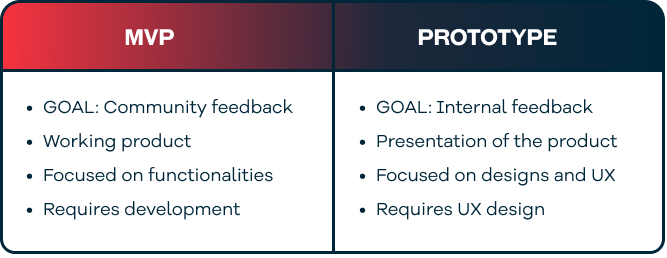
Read more about the differences between the MVP and Prototype or watch the video below.
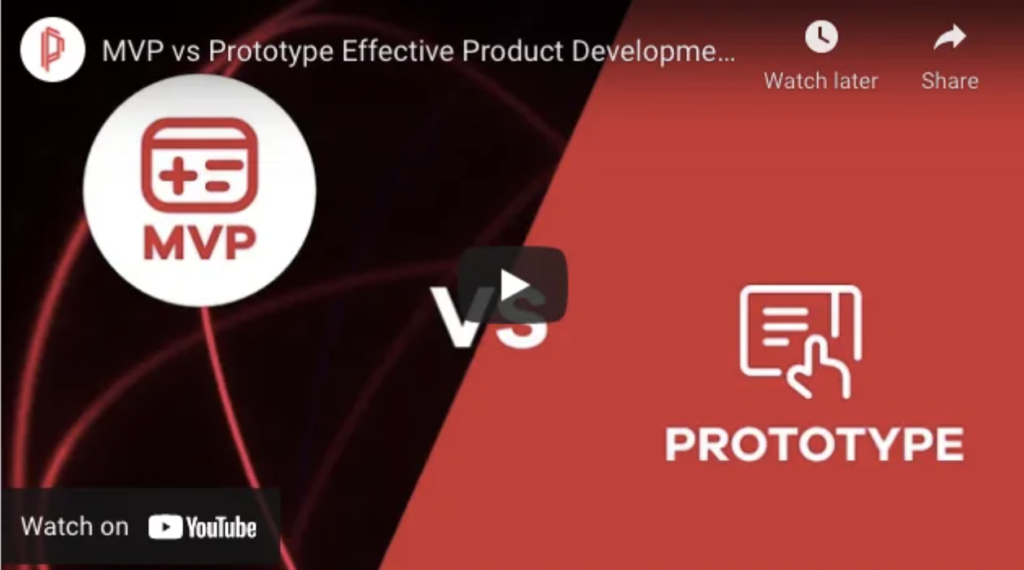
Test and improve the mobile application simultaneously
Testing the app to ensure a hassle-free product is an integral part of every software development process. The quality of your app is crucial – if your app disappoints the users, they would abandon it and it will be hard to get them back.
The cost of an error in your mobile application can be devastating. According to Global App Testing, 48% of users are less likely to use an app again if they’re unhappy with the first-time app’s performance and 88% of Americans form negative opinions of brands if the brand has a poorly performing app.
Testing the app and fixing the bugs from the beginning of the development procedure can influence both the overall costs of creating an app and the revenue.

Focus on UX and UI design
UX and UI design define how the app works and looks – and those are two aspects you should really care about. Of course, you want your app to be unique, but it doesn’t really mean that it should be totally different from all the rest. Custom designs cost more, and you don’t really need to rethink everything that already works.
Standard features like navigation or buttons are expected to work in a particular way, and both Android and iOS have their own guidelines, which simplify the designer’s work and help you save money. If the app is a part of a bigger project or app it’s usually possible to reuse the existing elements.
There are also many standard modules used in mobile app development, such as user authentication, profile management, and notification management, that can be implemented to your product with a simple modification.
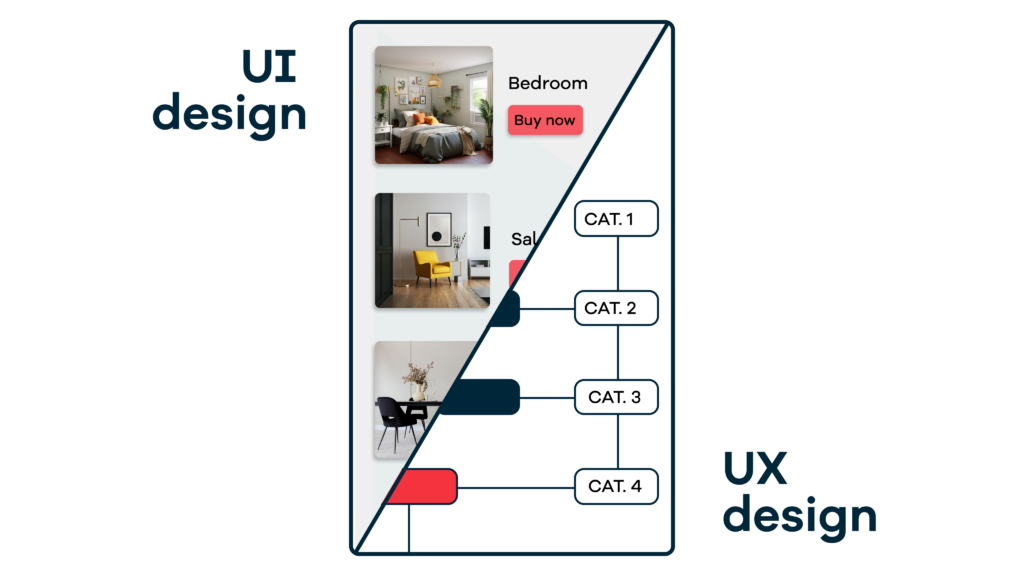
Wrap up
Mobile app development can be an expensive process, but with the above hints, you can reduce app development costs and create an outstanding product without overpaying. Remember that your app doesn’t have to be overcomplicated.
Cut the cost of your mobile app
read more
Costs of hiring React Native agency vs developers
How React Native can cut your development costs
React Native vs Flutter – what’s better for a cross-platform app


